Samples#
qpdk.samples.all_cells.all_cells#
- qpdk.samples.all_cells.all_cells(spacing=200.0, cells_per_row=5)[source]#
Create a component containing all cells from qpdk.PDK.cells.
Instantiates and arranges all available cells in a grid layout. Cells that fail to instantiate are skipped with a warning message.
- Parameters:
spacing (float) – Spacing between cells in micrometers (default: 200.0).
cells_per_row (int) – Number of cells to place per row (default: 5).
- Returns:
Component containing all successfully instantiated cells arranged in a grid.
- Return type:
Component
Example
>>> import qpdk >>> c = qpdk.cells.all_cells() >>> c.show() # Display all cells in KLayout
(Source code, png, hires.png, pdf)
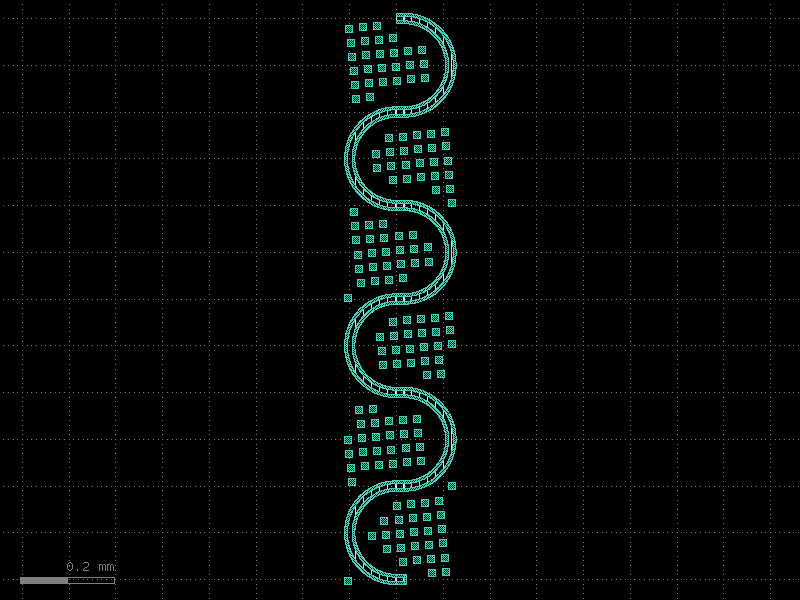
qpdk.samples.filled_resonator.filled_quarter_wave_resonator#
- qpdk.samples.filled_resonator.filled_quarter_wave_resonator()[source]#
Returns a quarter wave resonator filled with magnetic vortex trapping rectangles.
This sample demonstrates how to use the fill_magnetic_vortices helper function to add small rectangles that trap magnetic vortices in superconducting quantum circuits.
- Returns:
A quarter wave resonator with fill rectangles for vortex trapping.
- Return type:
Component
(Source code, png, hires.png, pdf)
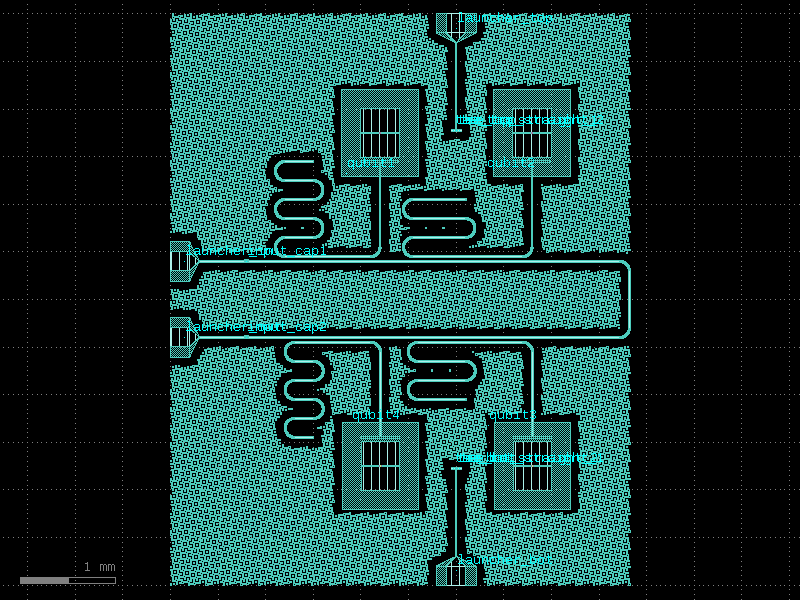
qpdk.samples.filled_test_chip.filled_flipmon_test_chip#
- qpdk.samples.filled_test_chip.filled_flipmon_test_chip()#
Returns a qubit test chip filled with magnetic vortex trapping rectangles.
Rouhly corresponds to the sample in [TSKivijarvi+25].
(Source code, png, hires.png, pdf)
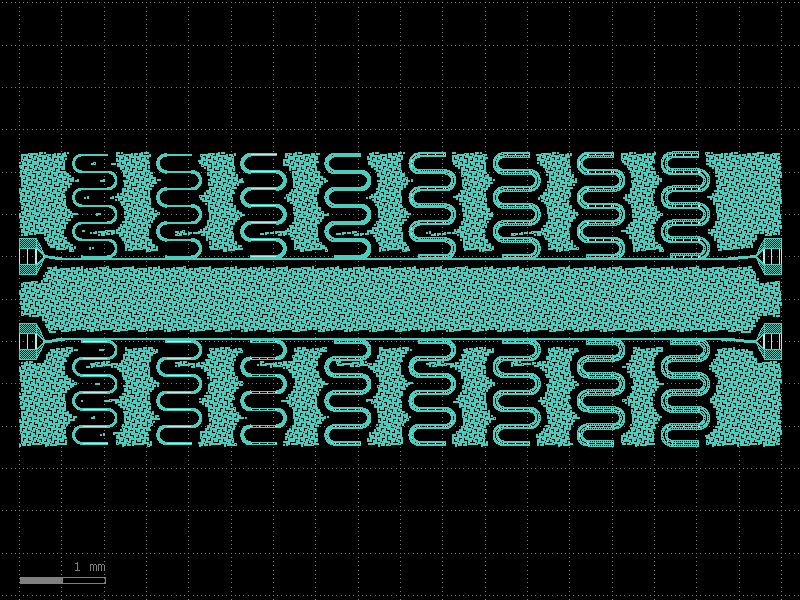
qpdk.samples.filled_test_chip.filled_qubit_test_chip#
- qpdk.samples.filled_test_chip.filled_qubit_test_chip(yaml_path=PosixPath('/home/runner/work/quantum-rf-pdk/quantum-rf-pdk/qpdk/samples/qubit_test_chip.pic.yml'))[source]#
Returns a qubit test chip filled with magnetic vortex trapping rectangles.
Rouhly corresponds to the sample in [TSKivijarvi+25].
- Parameters:
yaml_path (str | Path)
(Source code, png, hires.png, pdf)
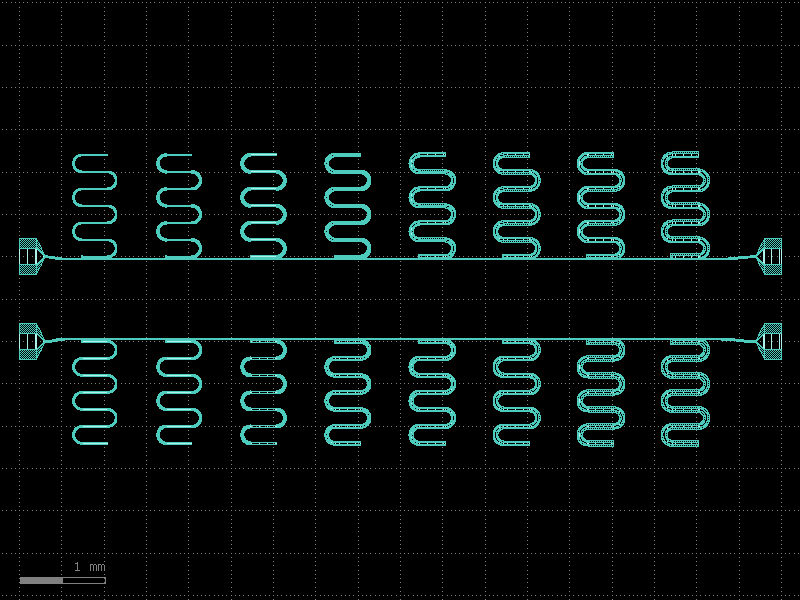
qpdk.samples.resonator_test_chip.filled_resonator_test_chip#
- qpdk.samples.resonator_test_chip.filled_resonator_test_chip()[source]#
Creates a resonator test chip filled with magnetic vortex trapping holes.
This version includes the complete resonator test chip layout with additional ground plane holes to trap magnetic vortices, improving the performance of superconducting quantum circuits. Includes chip edge components with extra y-padding to keep resonators away from the chip edges.
- Returns:
Test chip with ground plane fill patterns and chip edges.
- Return type:
Component
(Source code, png, hires.png, pdf)
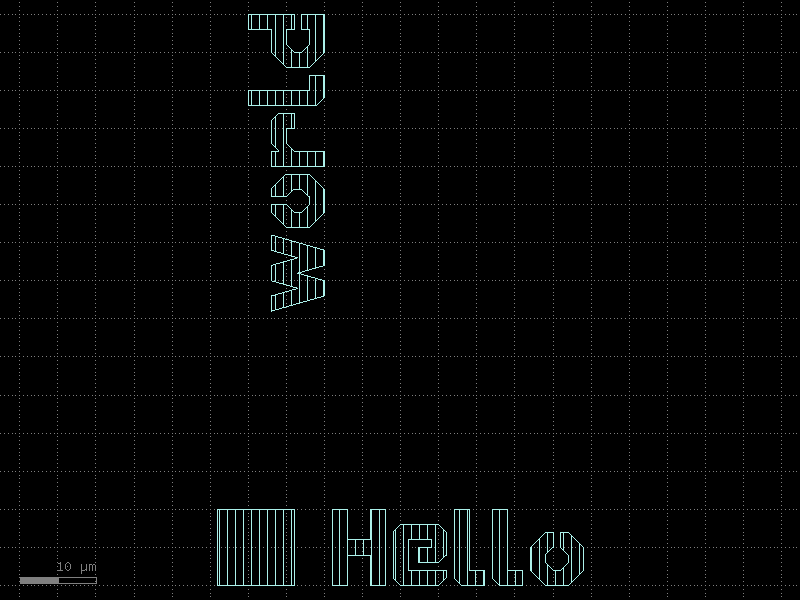
qpdk.samples.resonator_test_chip.resonator_test_chip_python#
- qpdk.samples.resonator_test_chip.resonator_test_chip_python(probeline_length=9000.0, probeline_separation=1000.0, resonator_length=4000.0, coupling_length=200.0, coupling_gap=16.0)[source]#
Creates a resonator test chip with two probelines and 16 resonators.
The chip features two horizontal probelines running west to east, each with launchers on both ends. Eight quarter-wave resonators are coupled to each probeline, with systematically varied cross-section parameters for characterization studies.
- Parameters:
probeline_length (float) – Length of each probeline in µm.
probeline_separation (float) – Vertical separation between probelines in µm.
resonator_length (float) – Length of each resonator in µm.
coupling_length (float) – Length of coupling region between resonator and probeline in µm.
coupling_gap (float) – Gap between resonator and probeline for coupling in µm.
- Returns:
A gdsfactory component containing the complete test chip layout.
- Return type:
Component
(Source code, png, hires.png, pdf)
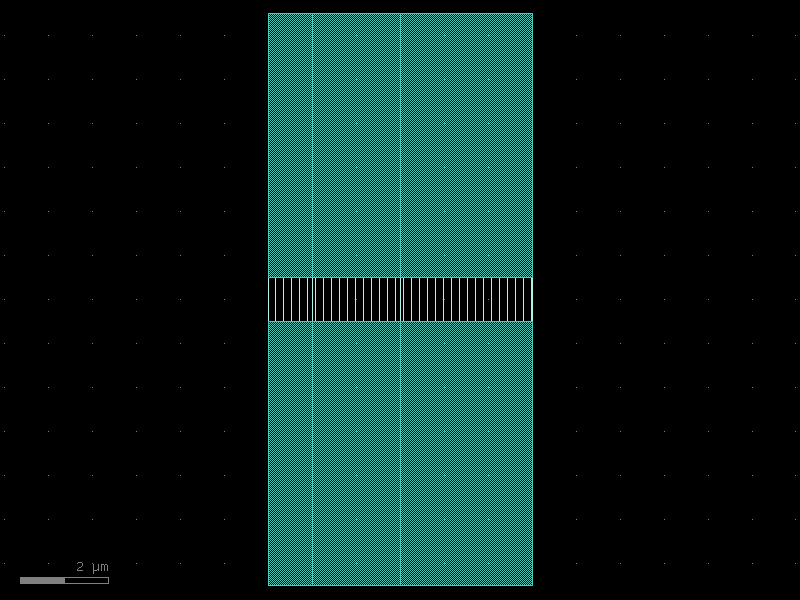
qpdk.samples.sample0.sample0_hello_world#
- qpdk.samples.sample0.sample0_hello_world()[source]#
Returns a component with ‘Hello world’ text and a rectangle.
- Return type:
Component
(Source code, png, hires.png, pdf)
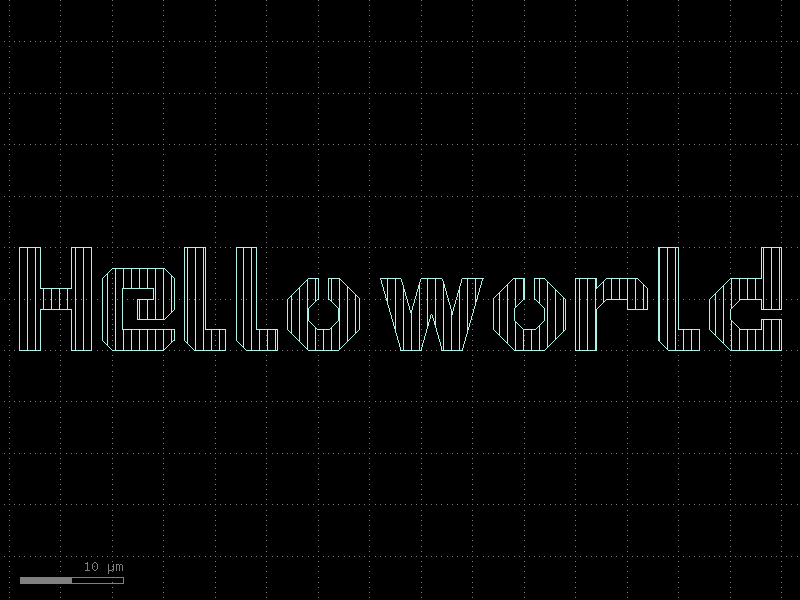
qpdk.samples.sample1.sample1_connect#
- qpdk.samples.sample1.sample1_connect()[source]#
Returns a component with connected waveguides.
- Return type:
Component
(Source code, png, hires.png, pdf)
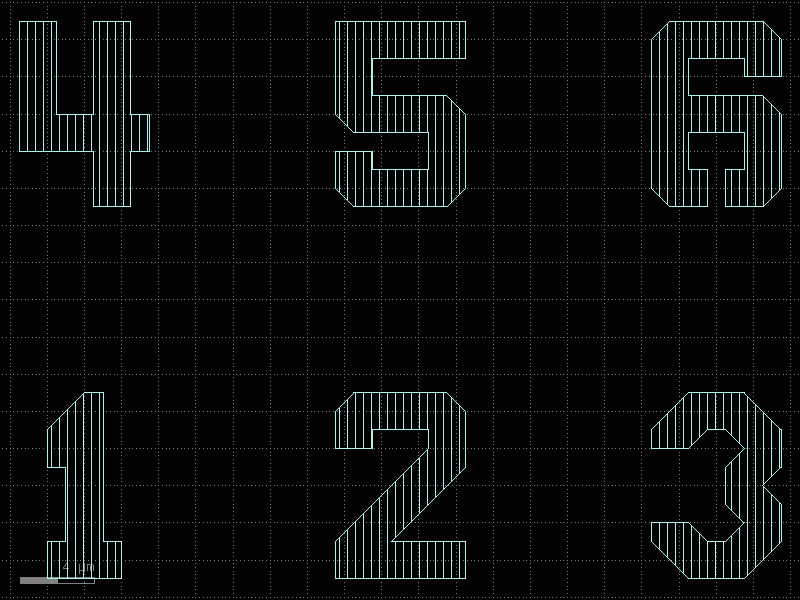
qpdk.samples.sample2.sample2_remove_layers#
- qpdk.samples.sample2.sample2_remove_layers()[source]#
Returns a component with ‘Hello world’ text and a rectangle.
- Return type:
Component
(Source code, png, hires.png, pdf)
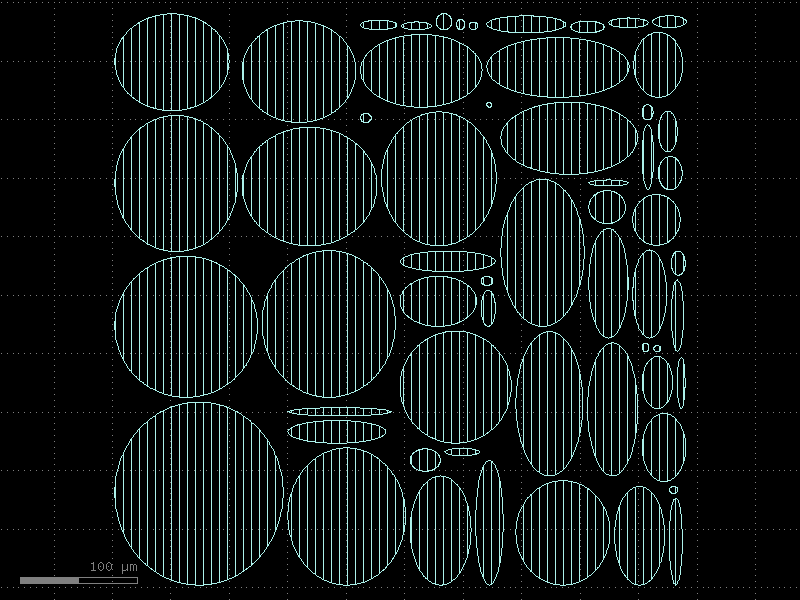
qpdk.samples.sample3.sample3_grid#
(Source code, png, hires.png, pdf)
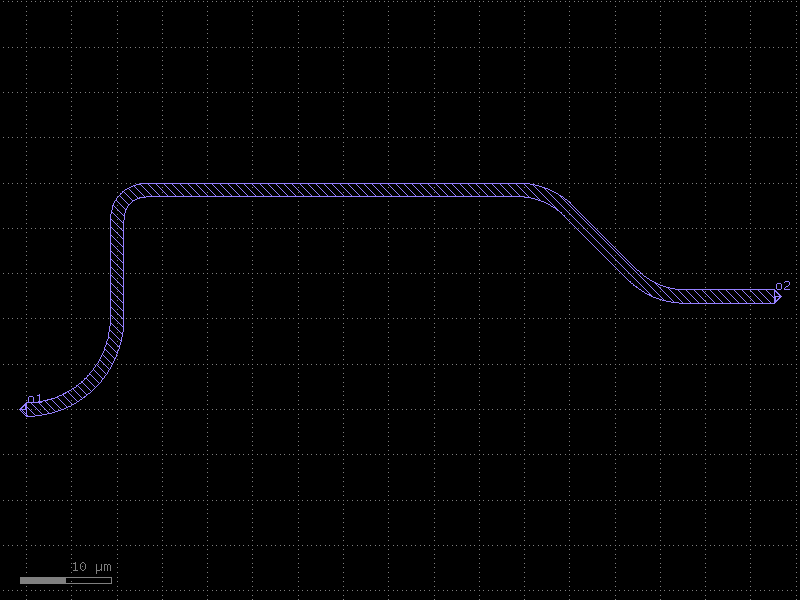
qpdk.samples.sample4.sample4_pack#
(Source code, png, hires.png, pdf)
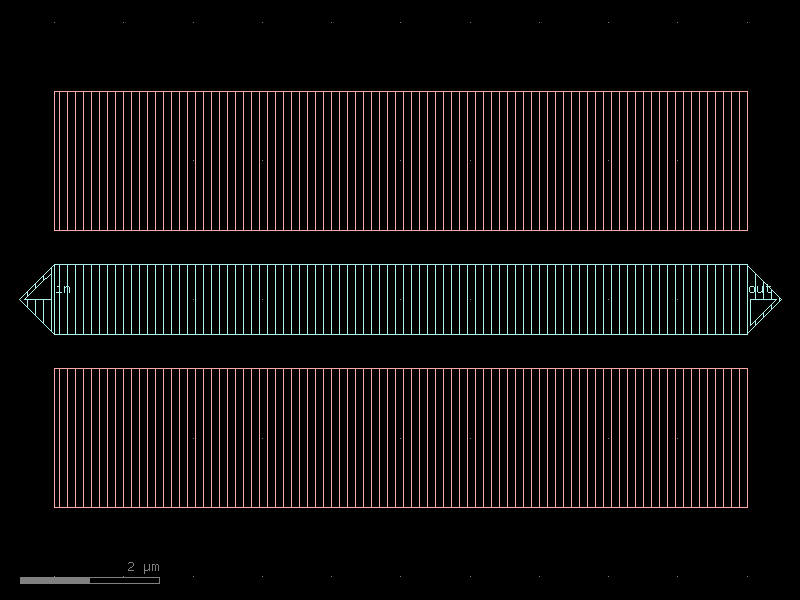
qpdk.samples.sample5.sample5_path#
- qpdk.samples.sample5.sample5_path()[source]#
Returns a component with a path made of different segments.
(Source code, png, hires.png, pdf)
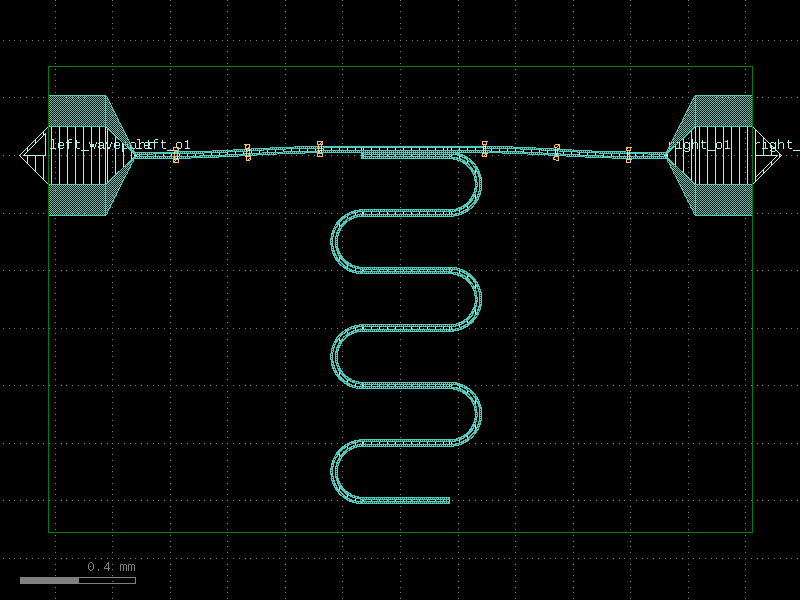
qpdk.samples.sample6.sample6_cross_section#
- qpdk.samples.sample6.sample6_cross_section()[source]#
Returns a component with a path made of different segments.
(Source code, png, hires.png, pdf)
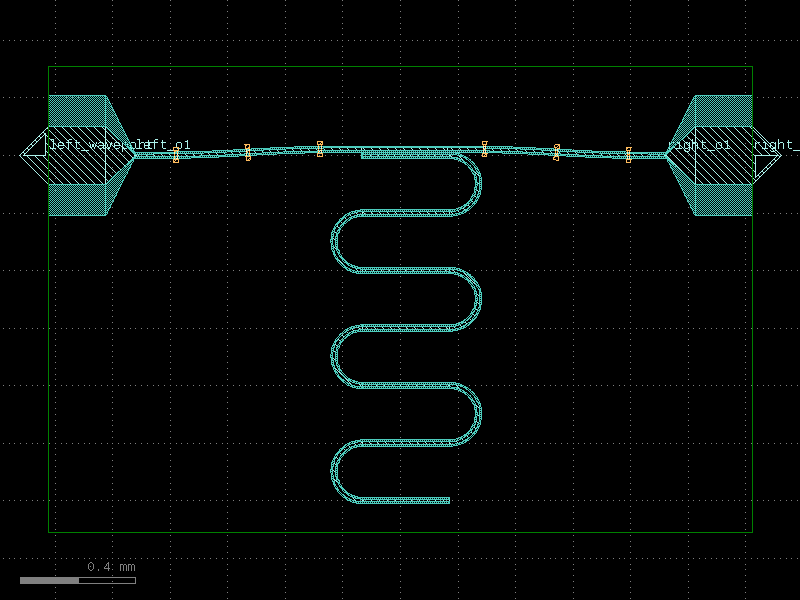
qpdk.samples.simulate_resonator.resonator_simulation#
- qpdk.samples.simulate_resonator.resonator_simulation(coupling_gap=12.0)[source]#
Create a resonator simulation layout with launchers and CPW routes.
- Parameters:
coupling_gap (float)
- Return type:
Component
(Source code, png, hires.png, pdf)
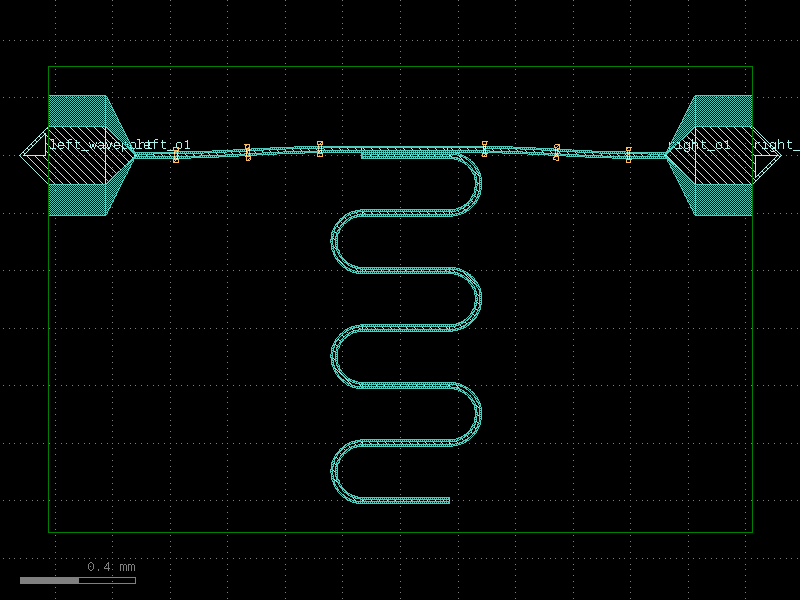
References#
Mikko Tuokkola, Yoshiki Sunada, Heidi Kivijärvi, Jonatan Albanese, Leif Grönberg, Jukka-Pekka Kaikkonen, Visa Vesterinen, Joonas Govenius, and Mikko Möttönen. Methods to achieve near-millisecond energy relaxation and dephasing times for a superconducting transmon qubit. Nature Communications, 16(1):5421, July 2025. URL: https://www.nature.com/articles/s41467-025-61126-0 (visited on 2025-08-29), doi:10.1038/s41467-025-61126-0.
